
Explore the making of Ada, the impactful topics it addresses, and how V-Ray technology helped bring this animated series to life on TED-Ed's YouTube channel.
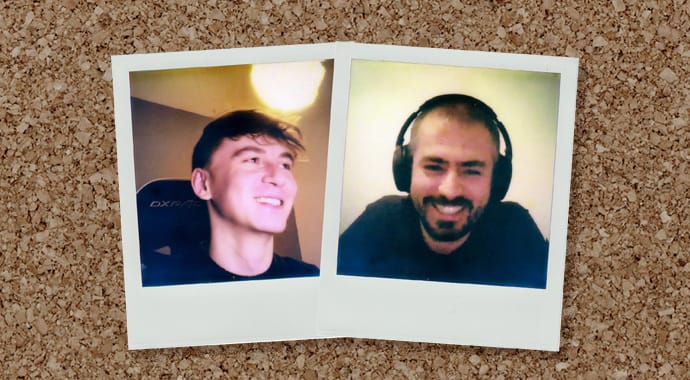
Chaos Product Managers Alex Yolov and Gosho Genchev on how MaterialX has been added to V-Ray for Maya and Houdini, and what it means for artists and workflows.

Discover how V-Ray 6, update 2 integrated MaterialX into V-Ray for Maya and Houdini's Solaris for effortless shader graph exchange and seamless collaboration.
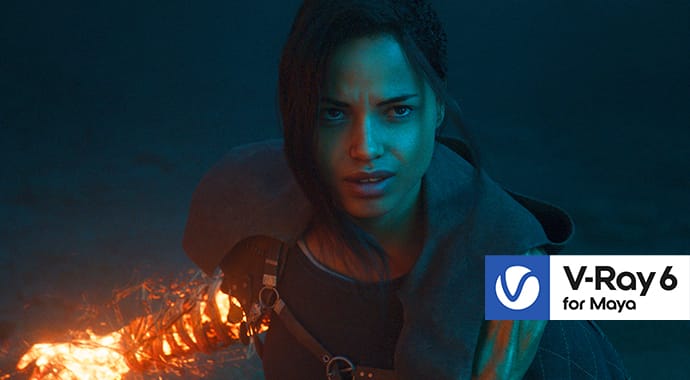 Goodbye Kansas © Square Enix
Goodbye Kansas © Square EnixEmpower seamless collaboration with MaterialX & USD compatibility, and elevate your creativity effortlessly with enhanced tools for visual perfection.

Want to become a fluid dynamics master? Dive deep into Chaos Phoenix with expert Hammer Chen, and find out how to add extra levels of realism to your simulations.

Chaos Phoenix can add unprecedented levels of realism to any 3D project. In this guide, fluid simulation expert Hammer Chen explains how to make the most of it.
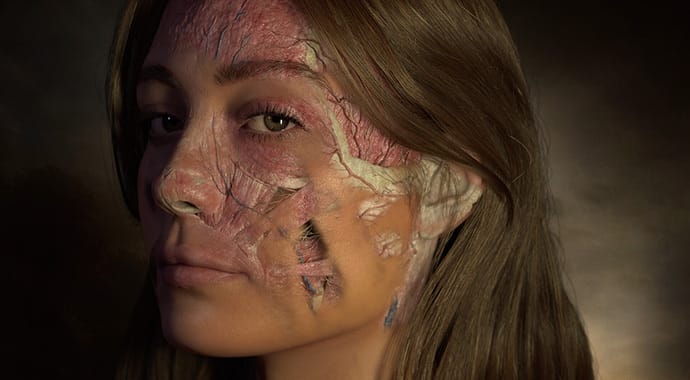 © Ian Spriggs
© Ian SpriggsHaving mastered the digital portrait, Ian Spriggs is going beneath the skin. He tells us how V-Ray for Maya’s AL Surface shader brought “Prometheus” to life.
 © Seonghyeon Park
© Seonghyeon ParkCome fly with squee: Seonghyeon Park’s unique image scooped the public vote in our student rendering contest. He tells us about its inspiration and creation.
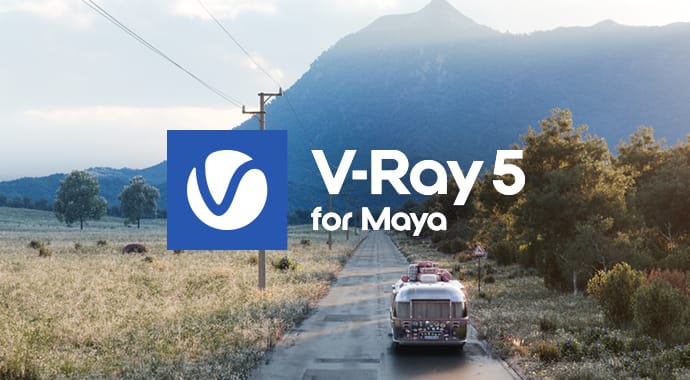
Materials, models, and HDRIs: Chaos Cosmos support comes to V-Ray for Maya. Plus all-new features including V-Ray Decal, support for lights in USD, and more.
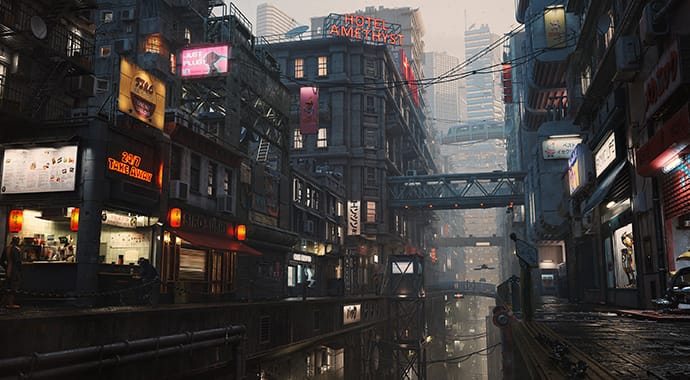 © Darko Mitev
© Darko MitevFuture noir: Darko Mitev’s cyberpunk city could easily exist in “Blade Runner’s” grimy sci-fi world. Discover the V-Ray 5 for Maya features he used to create it.
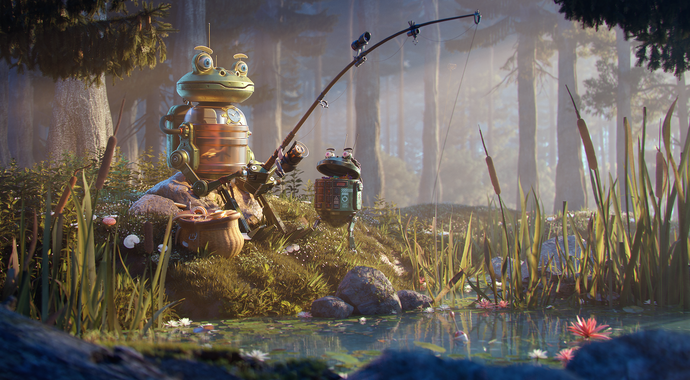
With USD support now available in V-Ray for Maya and Houdini, we take a look at how this smart file format introduces new levels of versatility to VFX pipelines.
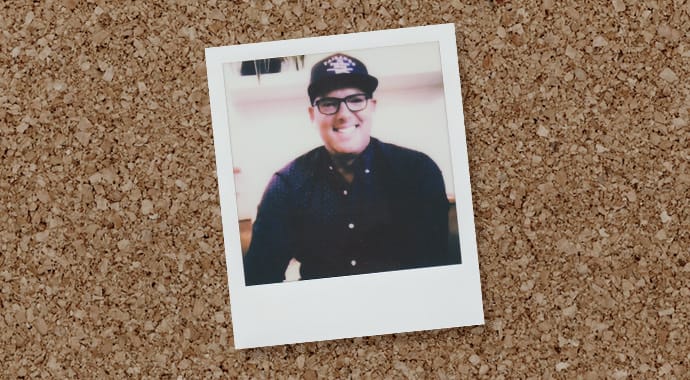
Artjail’s Head of VFX, Ross Denner, has worked on amazing CG projects around the world. He explains why Houdini is fast becoming small studios’ weapon of choice.
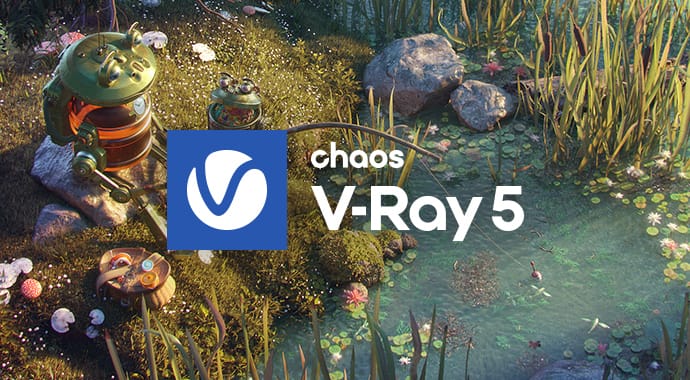
New updates add initial support for Pixar’s USD format to V-Ray 5 for Maya, Hydra support to V-Ray 5 for Houdini, plus many more features for easier pipelines.
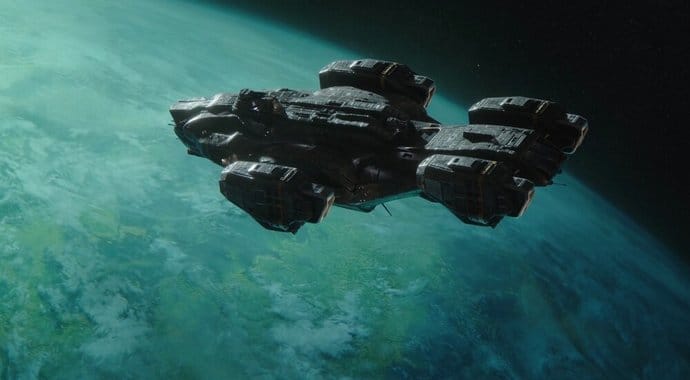 Silhouette Images © Prodigy Pictures Inc.
Silhouette Images © Prodigy Pictures Inc.Dmitry Vinnik has worked on Game of Thrones, Tron: Legacy and Stranger Things. He tells us how crucial V-Ray for Maya has been throughout his career.
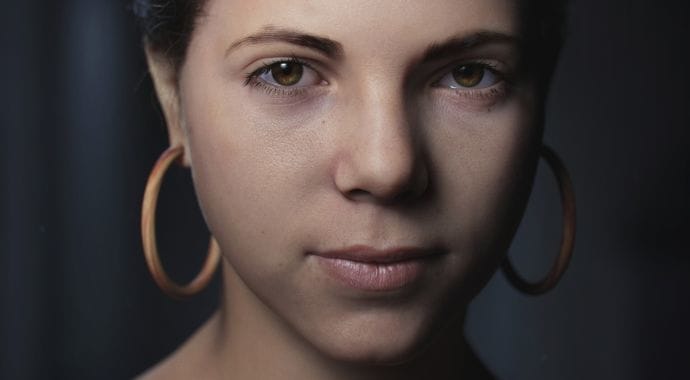 © Nu Boyana FX
© Nu Boyana FXWhat started as an R&D project evolved into a thought-provoking short film. Here’s how Nu Boyana FX used V-Ray for Maya to create a photorealistic digital human.
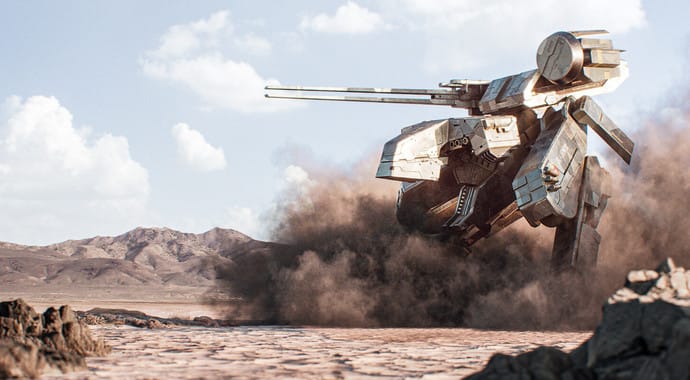 © Isaac Zuren
© Isaac ZurenIsaac Zuren tells us how winning our 2018 student rendering challenge helped him land a prestigious job at ILM and offers his tips from the professional world.
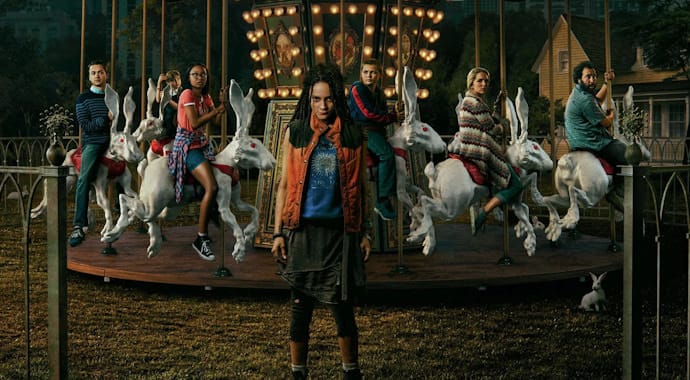 Mondlicht Studios, Rhubarb Agency © Amazon Studios
Mondlicht Studios, Rhubarb Agency © Amazon StudiosMondlicht Studios and Rhubarb Agency’s campaigns for “Utopia,” “Altered Carbon” and “Alta Mar” are humongous. Find out how V-Ray for 3ds Max helped create them.
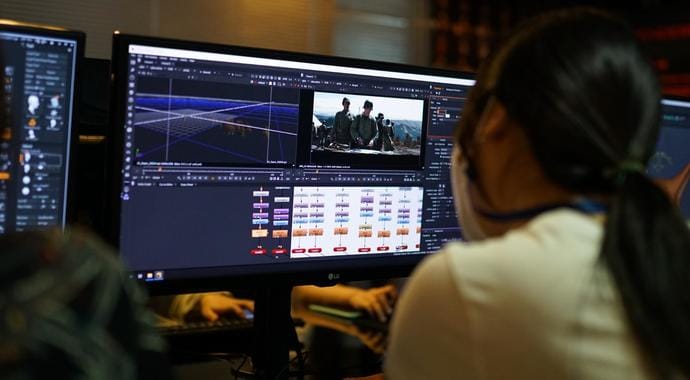
Graduates of South Korea’s Science Fiction Film School now work in Hollywood and beyond. Find out how they’re taught technical and creative skills.

New to V-Ray 5 for Maya is full support for ACEScg, which promises to unify visual effects workflows. Discover why it’s important plus how to use it in V-Ray.
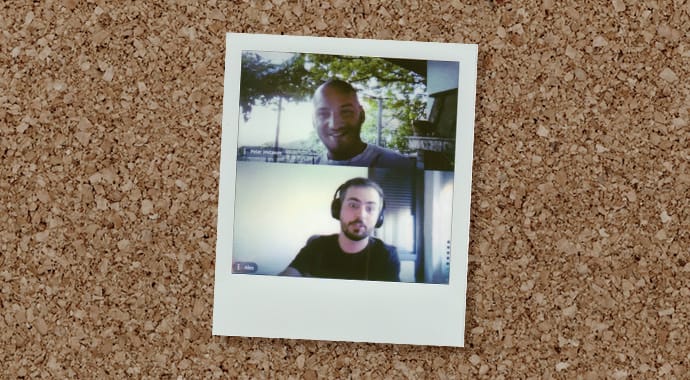
Chaos Group has reinvented rendering with V-Ray 5 for 3ds Max and Maya. Alex Yolov and Peter Matanov tell Chris about the journey behind the software’s features.
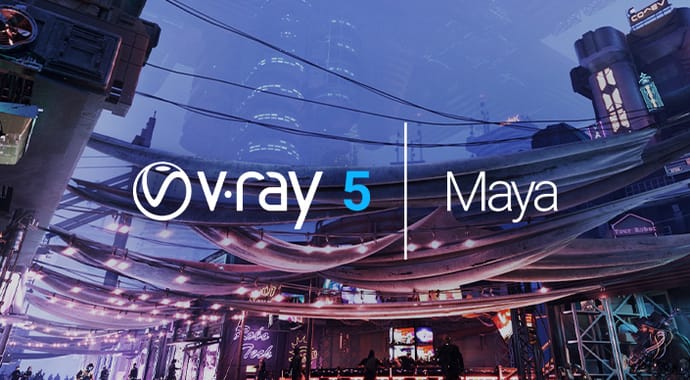
Find out how V-Ray 5 for Maya will reinvigorate your rendering pipeline with Light Path Expressions, an all-new V-Ray Proxy, Layered Compositing and much more.
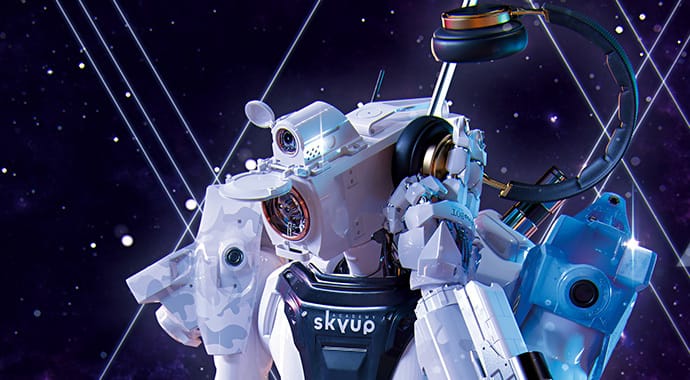 © Mauro Baldissera, Skyup Academy
© Mauro Baldissera, Skyup AcademyFreelance 3D artist and Skyup Academy founder, Mauro Baldissera, shares what inspires him, his top work-from-home tips, and why he loves V-Ray for Maya for VFX.
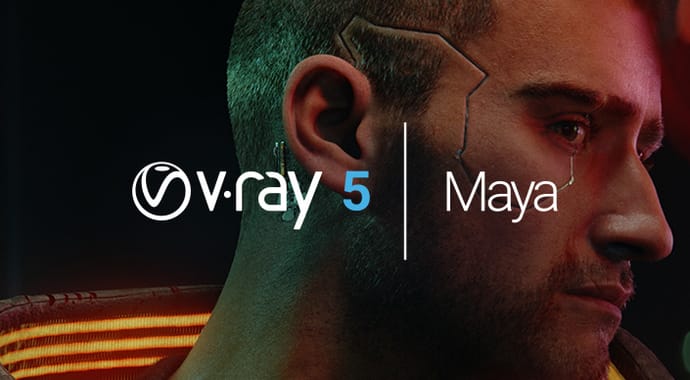 Goodbye Kansas — Cyberpunk 2077 © 2020 CD PROJEKT S.A
Goodbye Kansas — Cyberpunk 2077 © 2020 CD PROJEKT S.AYour chance to try the latest V-Ray features, including a redesigned V-Ray Frame Buffer with light mixing and compositing, plus an all-new V-Ray Proxy node.
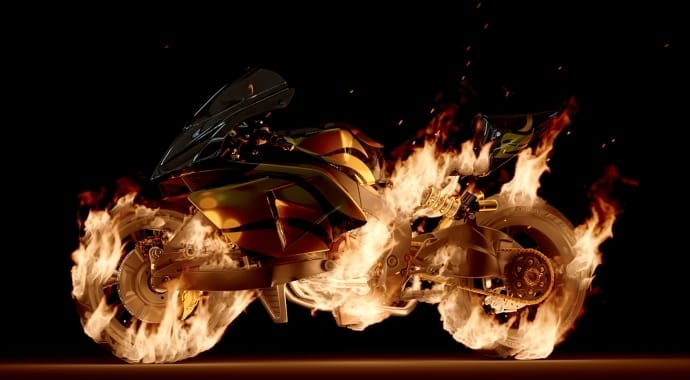 © Hammer Chen. Model by Lien Ying-Te.
© Hammer Chen. Model by Lien Ying-Te.With Voxel Tuner, TexUVW and thinkingParticles integration, you can take your Phoenix FD 4 simulations to the next level. Find out how in part 2 of our guide.